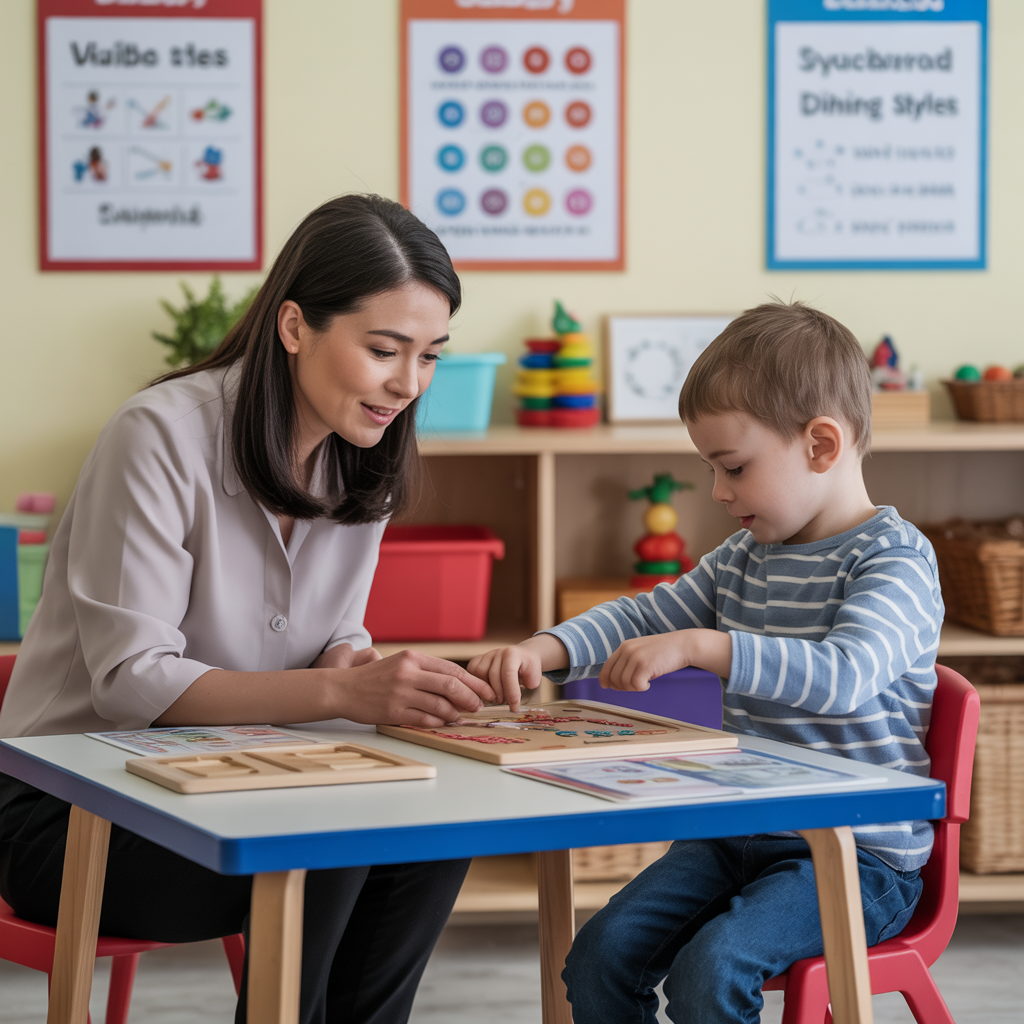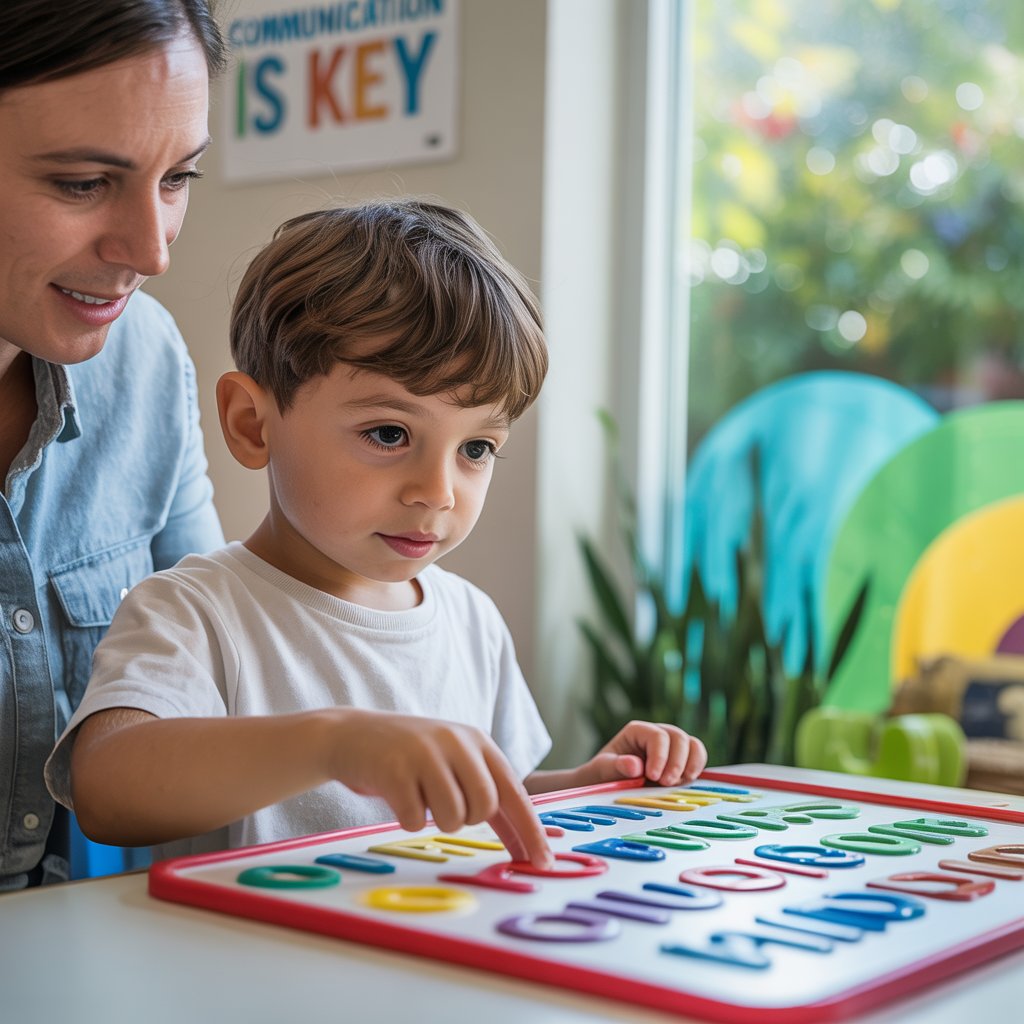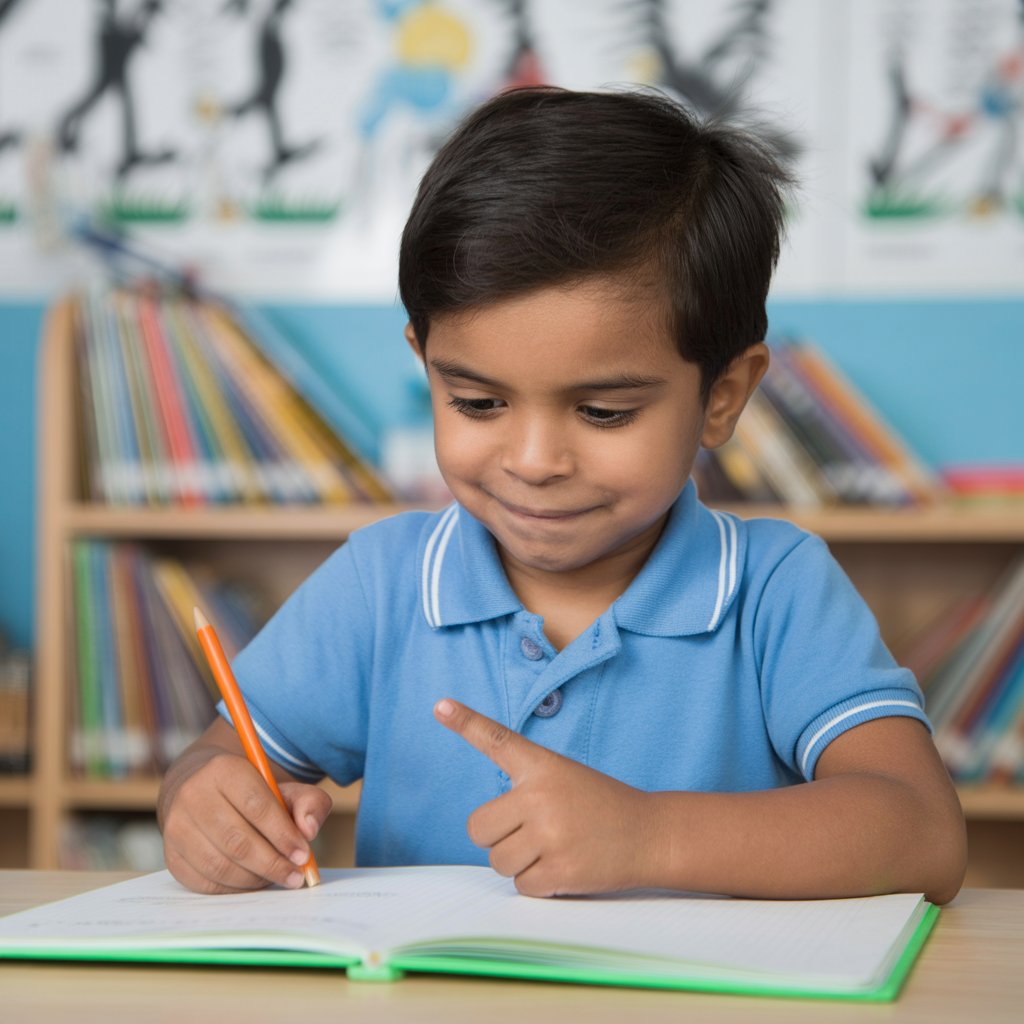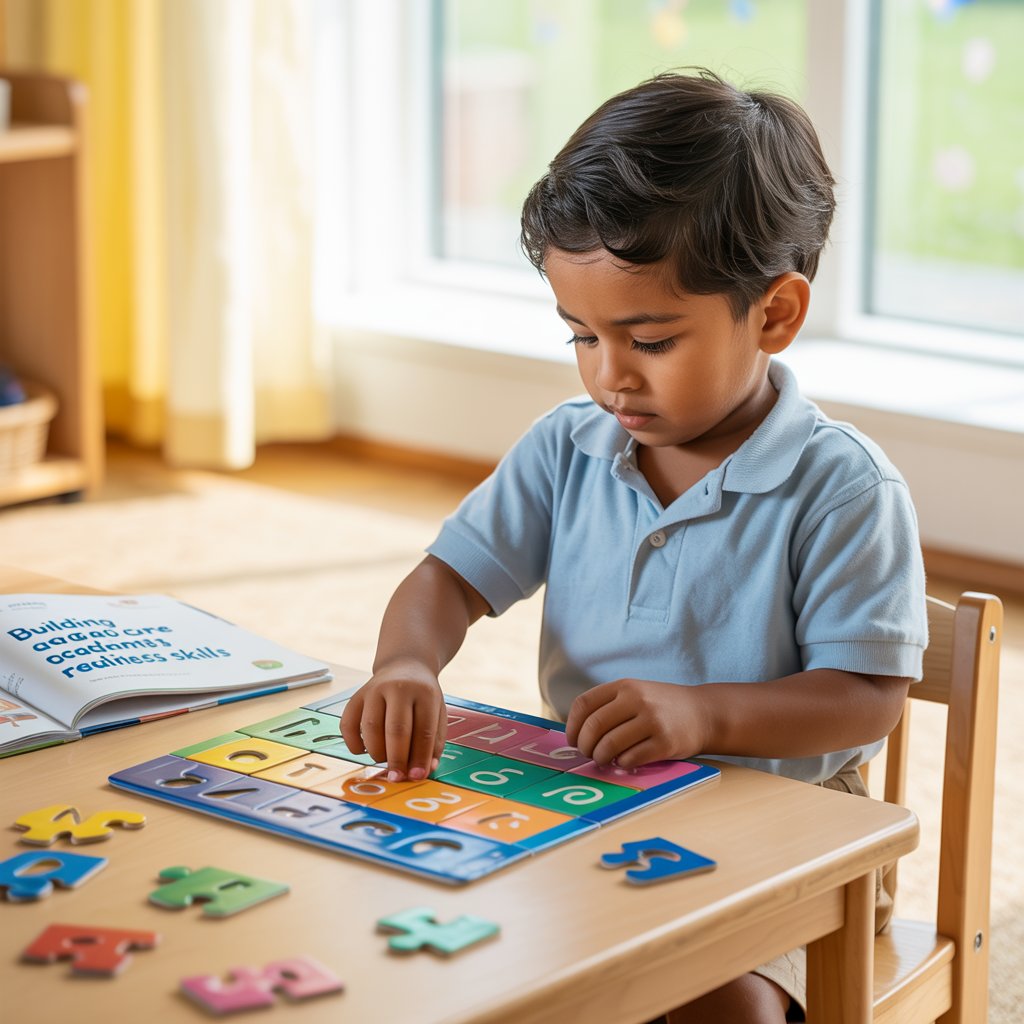Understanding the Unique Learning Profile of Children with Autism

Ever noticed how your child with autism might struggle with basic classroom skills while excelling in unexpected areas? You're not alone. Parents across the country watch their brilliant kids who can memorize entire movie scripts somehow get overwhelmed by simple sorting activities.
Academic readiness for children with autism isn't just about knowing ABCs and 123s. It's about building a complete foundation that works with their unique processing style, not against it.
Developing strong academic and pre-academic skills for children with autism requires specialized approaches that honor how they actually learn – visual supports, structured routines, and sensory-friendly strategies make all the difference.
But here's what most traditional programs miss entirely: the connection between sensory regulation and academic success. Why does your child struggle to focus during circle time? The answer might surprise you...
Recognizing cognitive strengths and challenges
Kids with autism often have fascinating cognitive profiles that don't fit neatly into typical learning patterns. Many show remarkable abilities in visual processing, pattern recognition, and attention to detail. I've seen children who can recall the exact page layout of a book they read months ago or notice tiny differences nobody else spots.
But these same kids might struggle with abstract concepts or generalizing skills across different settings. What works in the classroom might not automatically transfer to home.
Think of it like this: their brains are wired to excel at certain tasks while finding others genuinely difficult. It's not about "can't" - it's about "processes differently."

Identifying sensory processing considerations
The sensory world can be overwhelming for children with autism. Some kids might cover their ears during normal classroom noise while others seek out intense sensory experiences like spinning or jumping.
This isn't just being picky or difficult. Their nervous systems literally process sensory input differently than neurotypical children.
When teaching, we need to recognize how sensory experiences affect learning:
- Fluorescent lights might feel like they're "screaming"
- Chair legs scraping might be physically painful
- Certain fabric textures might make concentrating impossible
Adapting to communication differences
Communication differences go way beyond just delayed speech. Some children with autism might:
- Take language extremely literally
- Miss social cues that guide typical conversations
- Have trouble starting or maintaining back-and-forth exchanges
- Use echolalia (repeating phrases) to communicate needs
Communication strengths often include exceptional vocabulary in areas of interest and honest, direct expression without social filters.
Addressing executive functioning needs
Executive functioning challenges hit hard when it comes to organization, time management, and flexible thinking. Many kids with autism struggle with:
- Transitioning between activities
- Breaking large tasks into manageable steps
- Shifting focus when plans change
- Managing materials independently
These aren't behavior problems or laziness - they're neurological differences that require specific supports. Simple visual schedules, explicit step-by-step instructions, and consistent routines can make a world of difference.







